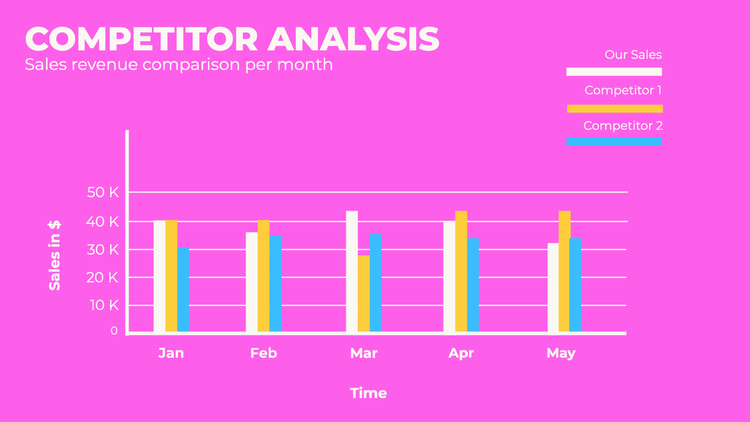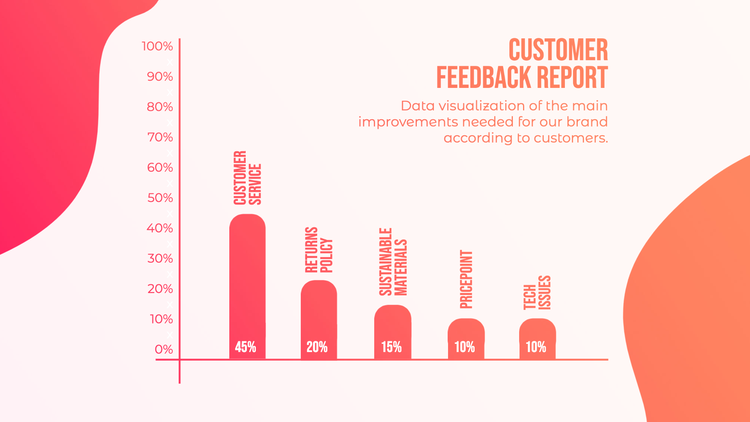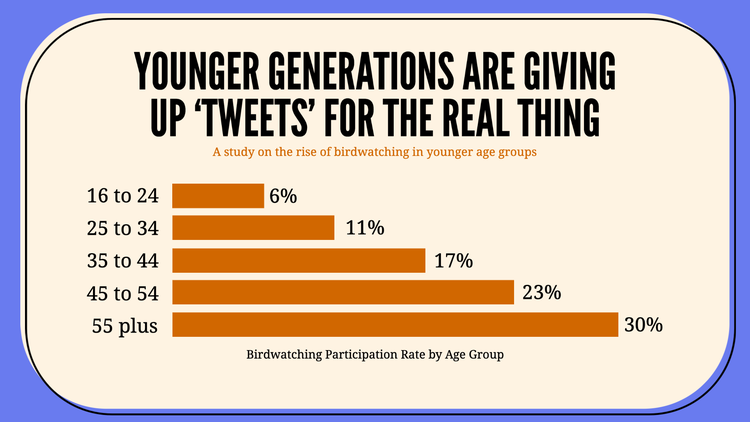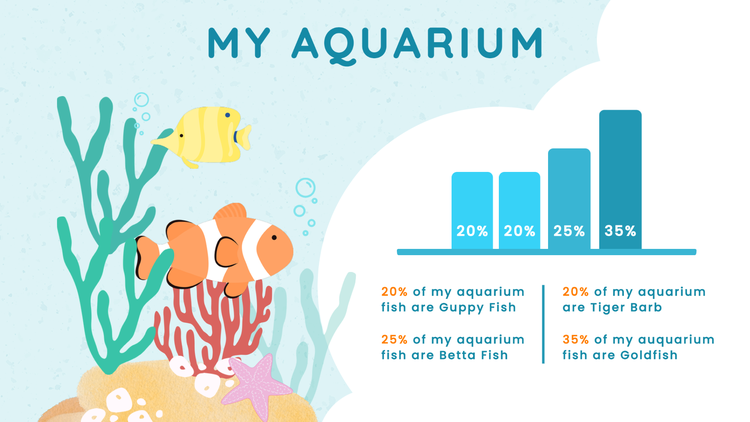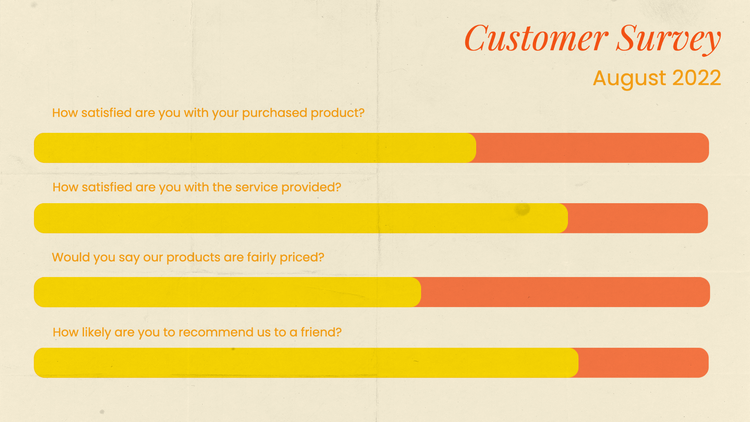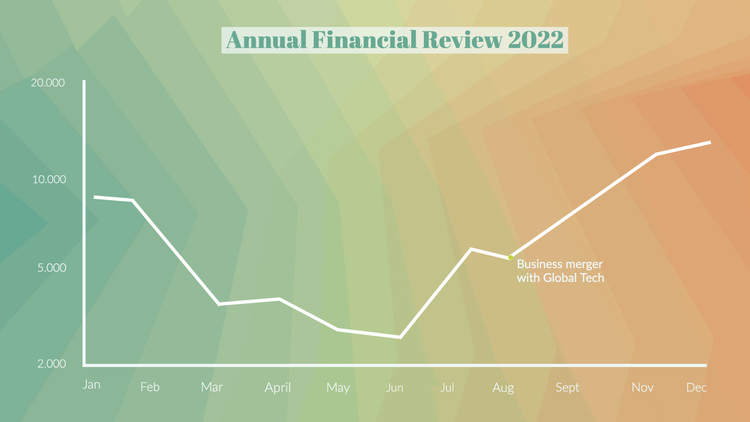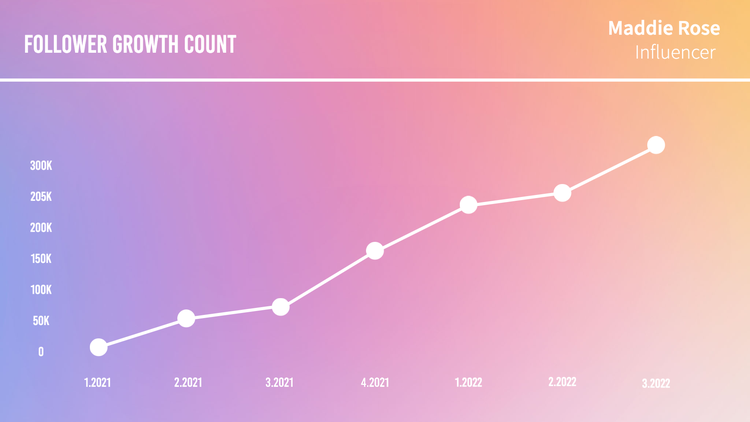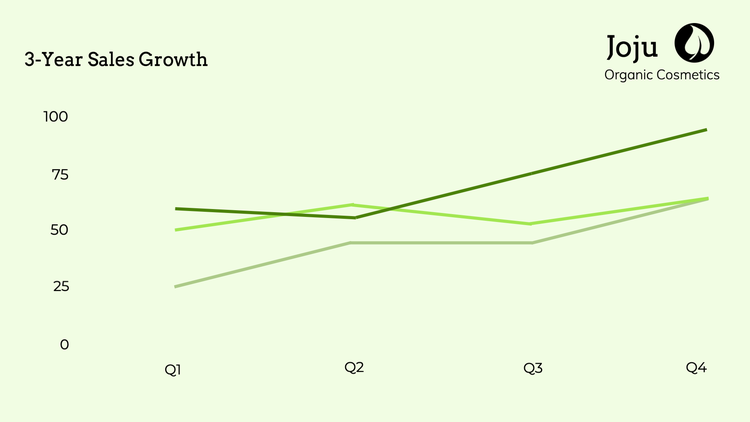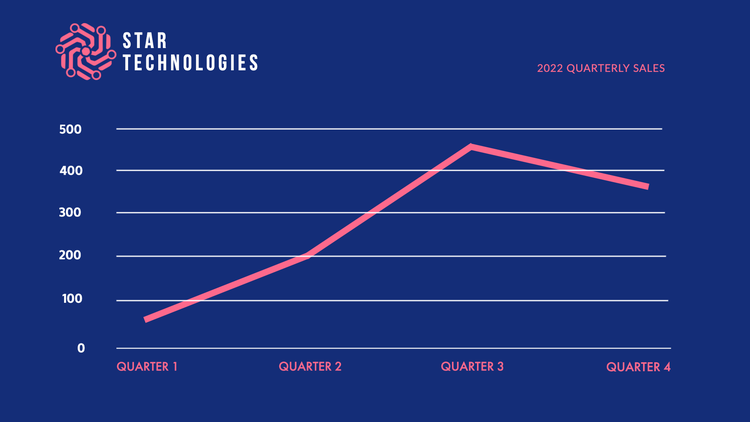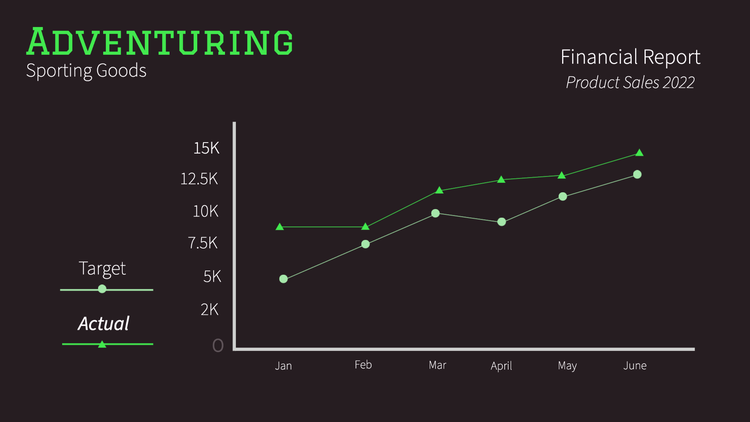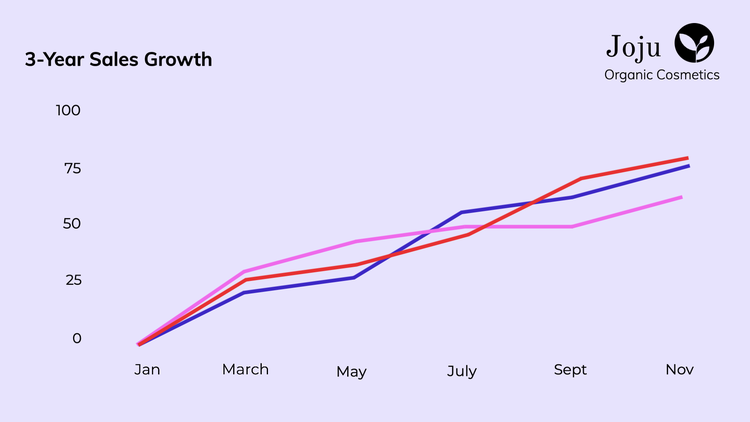Best types of charts and graphs to effectively communicate your data

It won’t matter if you’re the smartest person in your office if you can’t communicate what your collected data means to your colleagues. Data is best visualized via charts and graphs, so it is essential to have different types of charts on hand that you can use to both translate and illustrate that data. Think of the charts below as business tools for education and understanding on your team or in your workplace.
Your data can be visualized in minutes with this easy explainer and free customizable templates for different charts and graphs based on your business or branding needs.
What’s the difference between charts and graphs?
You may be asking yourself: what’s the difference between a chart and a graph? In the simplest of terms, chart is a generic word for the graphical representation of data, whereas graphs are specifically charts of data plotted along two dimensions — say, for example, an X and Y axis. Charts can represent data as a table or a diagram, or as the previously stated graph. Essentially, all graphs are charts, but not all charts are graphs.
What are the different types of charts?
There is a wide range of charts that can be utilized for a million different uses. In this post we will be addressing the most commonly used types of charts, and we hope to help you pair your data with the chart the best represents it.
Data falls into two categories: qualitative and quantitative. That data can be presented via the most common types of charts — like line, pie, and bar charts — or with less common but equally valuable charts like pictograms, histograms, bubble charts, gauge charts, scatter plots, and more.
Types of charts and graphs
Bar chart
Bar charts, sometimes known as column charts, should be used when you are demonstrating a distribution of data points or comparing categorical variables. This format can help the viewer better understand trending variables or patterns in the data. They also easily display changes over time.
Line graph
Line graphs should be used when you’d like to demonstrate and track changes over periods of time, both short term and long term. You can also compare how multiple things have changed over time, and how they differ.
Pie chart
Pie charts should be used to demonstrate how a whole concept is broken into percentages. A whole pie can be made up of different slices that represent a variety of variables that are all related to the whole. These charts do not show changes over time like bar charts and line graphs do.
What to consider with chart-making:
Charts can either be an effective tool of communicating data to viewers, or they can be overly complicated reads on how you’re failing to take down data in a helpful way. To make sure your chart or graph is the former and not the latter, consider these tips:
- Do:
- Utilize the full axis and expand visuals for clear viewing.
- Make sure the type of chart you’re using is the best type for your data.
- Use color and animation for an engaging experience.
- Above all, keep it simple!
- Don’t:
- Pack your chart with so much information that it’s impossible to tell what the chart is for exactly.
- Use multiple chart styles for one instance of representation.
- Use similar colors that can blur together, like red and pink.
- Sacrifice substance for style. At the end of the day, the real data is the most important factor.
Free Adobe Express chart templates
Interested in seeing what other charts are out there for you to use? Explore the Adobe Express template library for all kinds of free customizable templates for your every need.
